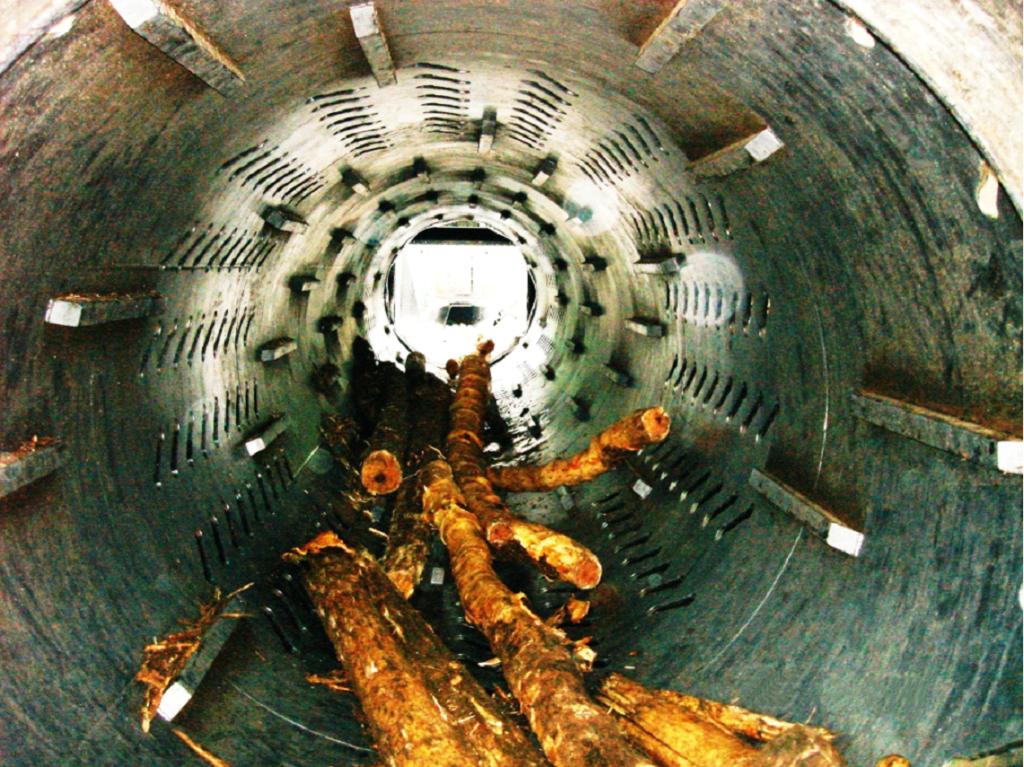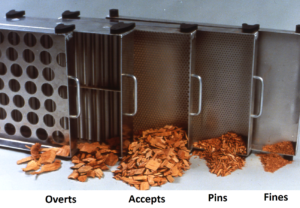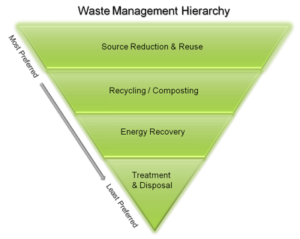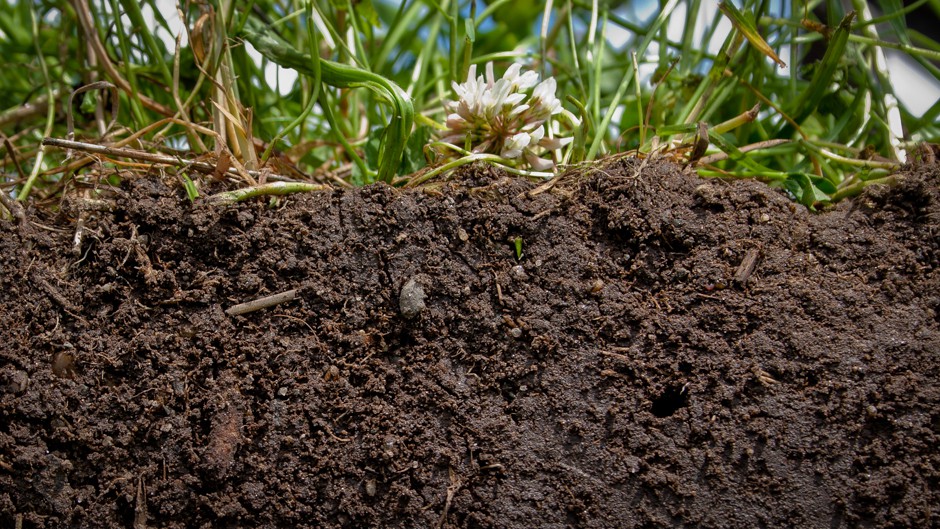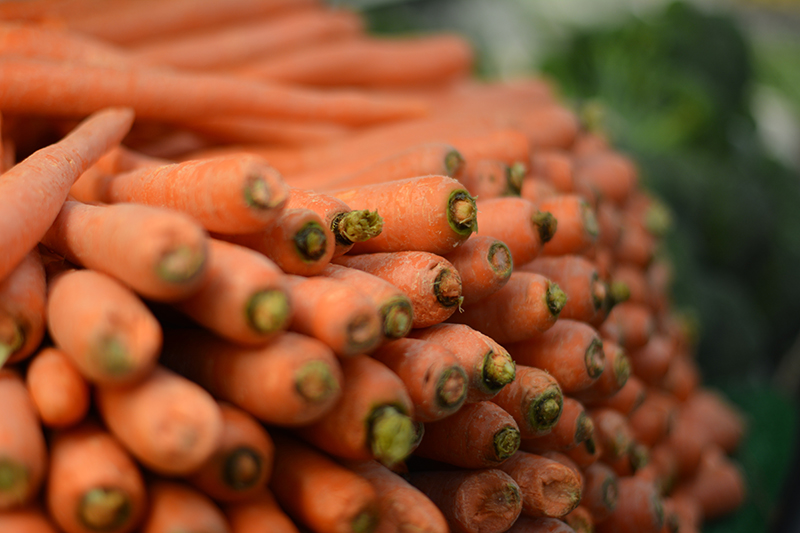By: Sarah Crow, Senior Director, Sustainability Solutions, American Forest Foundation
As 2020 approaches, many brand owners and retailers are evaluating their performance and analyzing how they can achieve their sustainability goals for this decade. At the 2018 SPC Advance conference, hosted by The Sustainable Packaging Coalition, sustainability leaders from many different companies discussed the opportunities to demonstrate sustainability and make a difference through their sourcing.
Many companies have set goals to source 100% of the fiber for their packaging, paper, and other materials from recycled, certified, and verified sources. These brands want greater visibility into their sourcing and a means to drive sustainability at scale.
![]() “Mars is excited to be a partner in the development of Forests in Focus. We believe Forests in Focus will enable a deeper assessment of our fiber supply and give us line of sight to strategies that will make a difference in reducing the impacts to the landscape,” said Rachel Goldstein, Global Sustainability Reporting Senior Manager, Mars, Incorporated.
“Mars is excited to be a partner in the development of Forests in Focus. We believe Forests in Focus will enable a deeper assessment of our fiber supply and give us line of sight to strategies that will make a difference in reducing the impacts to the landscape,” said Rachel Goldstein, Global Sustainability Reporting Senior Manager, Mars, Incorporated.
Recycled content makes up an important portion of the supply for many paper and packaging products. However, this might not be an option for all products, due to availability and product specifications. Rigorous forest certification has long been an important tool for providing assurance of sustainability. These certifications include the Forest Stewardship Council (FSC), the Programme for Forest Certification (PEFC) and the American Tree Farm System (ATFS). Yet, many brands and their suppliers find that certified content is often scarce. This is largely because a significant portion (more than half) of the wood flowing into supply chains originates in small parcels of forests, owned by families and individuals. While more of these landowners are becoming certified each year, in general, certification has not been widely adopted by this group, severely limiting certified content supplies.
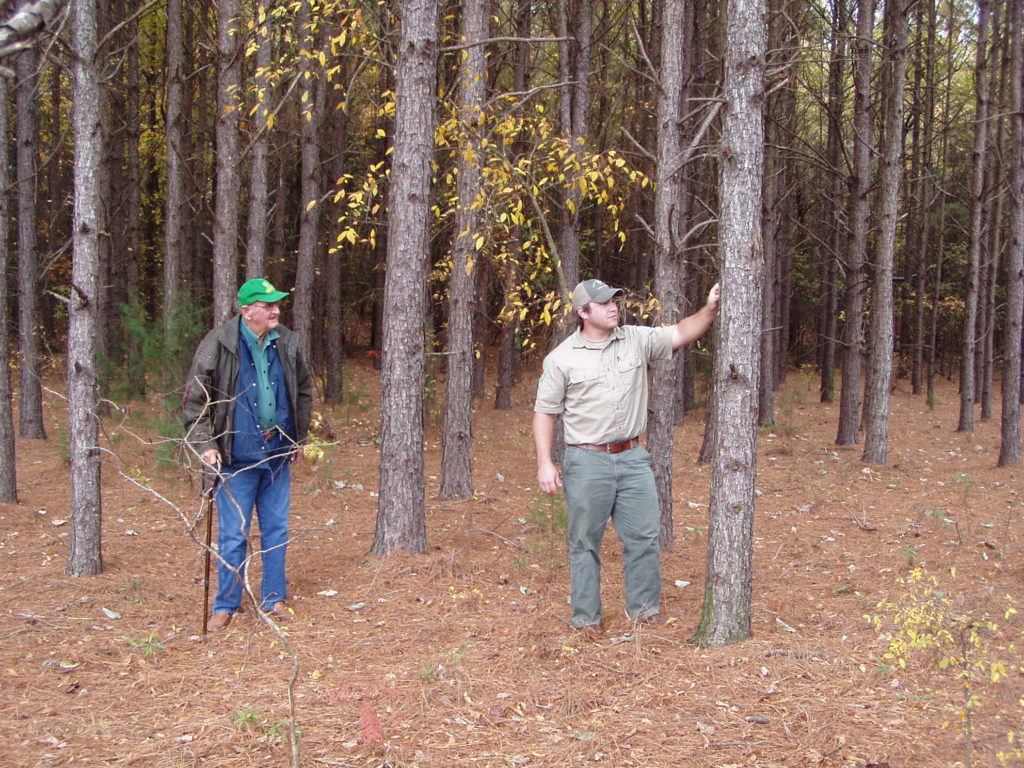
Increasingly, brands and retailers are seeking credible third parties to verify the sustainability of their sourcing at a scale commensurate with their sourcing needs. For this reason, analysis at a landscape level offers a great approach to verifying sustainability. Rather than checking that specific practices were applied to specific tracts, a landscape approach considers how the practices implemented across an entire sourcing region add up and their performance for important sustainability values like water quality and biodiversity.
![]()
“Staples supports the development of Forests in Focus because we believe that in forested areas containing many small family forest owners, landscape-level analysis of wood sourcing can be an important tool to help verify sustainable sourcing practices,” said Jake Swenson, Director of Sustainability, Staples.
Forests in Focus is a new tool in development that takes just such an approach, offering a dynamic, landscape-level assessment of risks and opportunities for sourcing forest products. By visualizing and analyzing data from the U.S. Forest Service and other trusted providers, Forests in Focus enables verification of fiber sourcing while complementing other sourcing tools, such as forest certification. The landscape scale offers meaningful level of sustainability analysis and visibility into issues that brands care most about such as high conservation value forests, the use of GMOs, or the vitality of local communities. This empowers brands and retailers to collaborate with forest product company suppliers, environmental nonprofit organizations, government agencies and local groups to engage family forest owners and create positive impact through improved wildlife habitat, clean water, and sustainable wood supplies.
Discover how Forests in Focus can help you reach your sustainability goals.
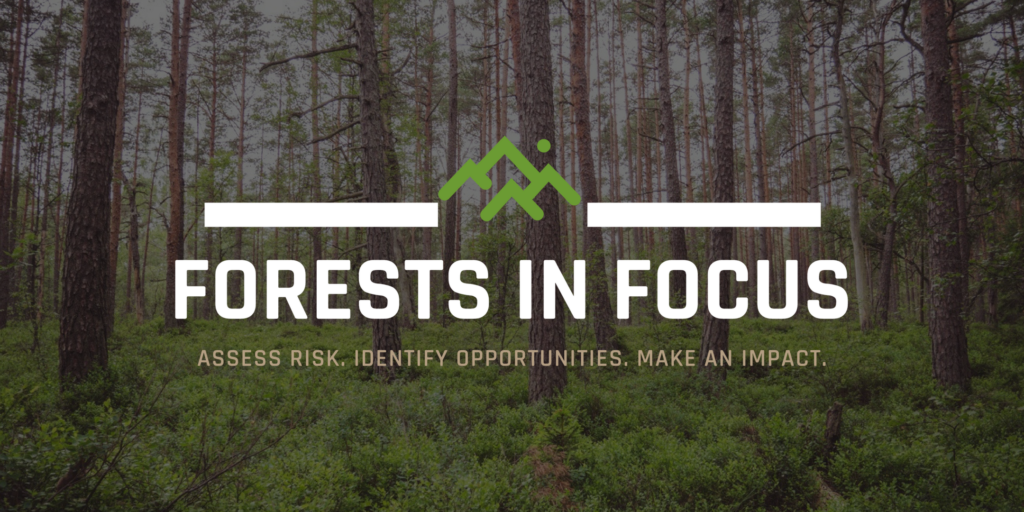
This is the first in a series of four blogs that will explore the Forests in Focus tool, currently in development by GreenBlue, the American Forest Foundation, and stakeholders across the forest products supply chain. Our next blog will look at the specifics of how the Forests in Focus platform work to assess risk and identify opportunities at a landscape-level.
ABOUT FORESTS IN FOCUS
Forest in Focus is a dynamic, landscape-level assessment of risks and opportunities for sourcing forest products. Using data visualization and analytics, Forests in Focus provides brand owners, manufacturers, agencies and conservation groups a platform to collaborate in achieving positive conservation impacts through the engagement of family forest owners. Forests in Focus compliments other sourcing tools, such as forest certification, to help users verify the wood fiber in their products originates from responsibly managed forests.
- IDENTIFY AND ASSESS RISK sourcing forest products
- MEET VERIFICATION REQUIREMENTS in sustainable sourcing goals
- Find OPPORTUNITIES FOR IMPACT through the engagement of family forest owners

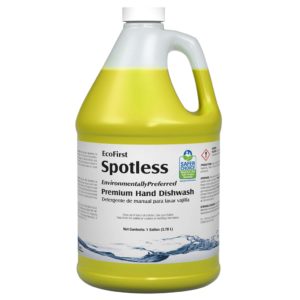
 GreenBlue is pleased to announce that Tristanne Davis has joined the team as a Project Manager with The Sustainable Packaging Coalition. Tristanne has a Master of Environmental Management from Yale University, an M.B.A. from the IE Business School, and a degree in Economics from Skidmore College.
GreenBlue is pleased to announce that Tristanne Davis has joined the team as a Project Manager with The Sustainable Packaging Coalition. Tristanne has a Master of Environmental Management from Yale University, an M.B.A. from the IE Business School, and a degree in Economics from Skidmore College. 
 I had the privilege of recently spending four, eight-hour days participating in
I had the privilege of recently spending four, eight-hour days participating in 